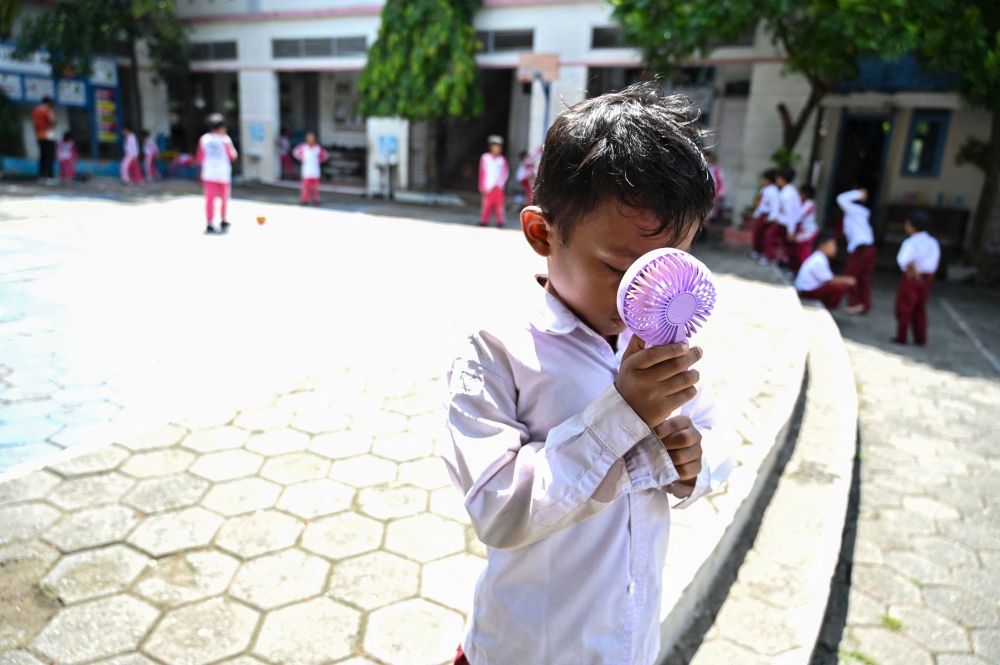initial educational obstacles
Francis Kere’s educational experiences in Burkina Faso were nothing short of a structural nightmare. Picture trying to focus in a classroom that resembled a sauna more than an educational environment. The intense heat and absence of proper airflow made concentration nearly unattainable. If those walls could speak, they would likely just express their fatigue.
During that time, the school structures were as motivating as a pebble on a beach. The buildings were so rudimentary that they made a tin hut appear like the Sydney Opera House. Kere remembers the stifling atmosphere that was more effective at lulling students to sleep than fostering intellectual growth. Every day was a struggle against the conditions, with those conditions often emerging victorious.
These early obstacles didn’t merely test his resilience; they ignited a passion in Kere to rethink how educational facilities could be conceived. After all, if you can endure a classroom that serves as a sauna, you can likely navigate any challenges life presents.
design vision for transformation
Fast-forward several decades, and Francis Kere’s design vision is as invigorating as a swim at Bondi on a blistering summer day. Committed to revolutionizing the approach to educational space design, Kere has emerged as a symbol of ingenuity in architecture. His philosophy is straightforward yet impactful: construct structures that breathe, inspire, and harmonize with their surroundings.
Kere’s creations stand in stark contrast to the oppressive classrooms of his childhood. Instead, he designs areas that welcome natural airflow and light, utilizing local resources to their fullest potential. His projects in Burkina Faso, for example, include classrooms that capture the wind and modulate sunlight, fostering an atmosphere conducive to both learning and comfort. It’s akin to refreshing the old schoolhouse with sunglasses and a chilled beverage.
However, his vision extends beyond mere comfort. Kere strives to empower communities through architecture, engaging locals in the building process and ensuring that structures are designed not only for the people but also by the people. This approach transforms architecture from a fixed entity into an evolving community initiative, much like a neighborhood cookout where everyone contributes.
In a landscape where architecture frequently seems to emphasize beauty over practicality, Kere’s efforts are a refreshing change. His vision for transformation is not solely about creating aesthetically pleasing structures; it’s about developing environments that nurture and motivate future generations. And if that entails classrooms that don’t double as saunas, then it’s a win for all.
